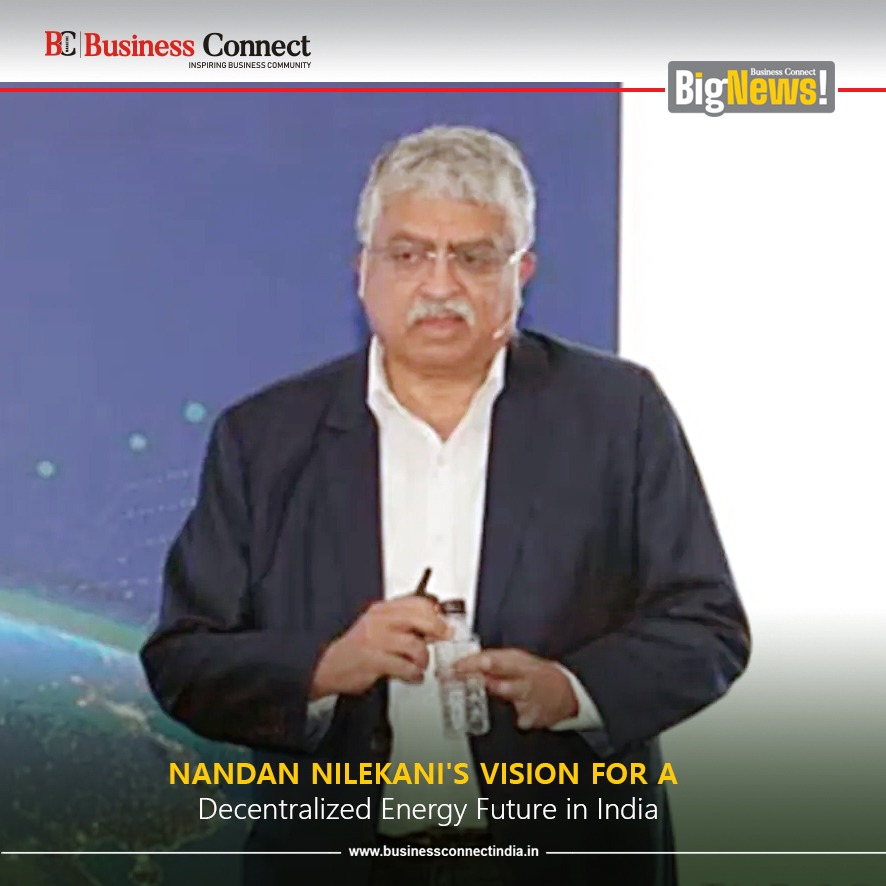Infosys co-founder and Aadhaar architect Nandan Nilekani has outlined an ambitious plan for India’s energy sector, envisioning a future where every home becomes a mini power station, generating, storing, and selling energy. This revolutionary concept draws parallels with the Unified Payments Interface (UPI), which transformed digital payments in India.
Nandan Nilekani’s Vision for a Decentralized Energy Future in India
A Decentralized Energy Network
Nilekani predicts that the energy landscape will undergo a significant shift, with households becoming both producers and consumers of electricity. This decentralized approach will enable peer-to-peer trading among neighbors, creating a vibrant energy marketplace.
Key Components of the Decentralized Energy Network
– Rooftop Solar Panels: Homes will generate energy through rooftop solar panels, reducing dependence on traditional power grids.
– Electric Vehicle (EV) Batteries: EV batteries will store excess energy generated during the day, allowing households to sell it back to the grid or trade with neighbors at night.
– Digital Infrastructure: A robust digital infrastructure will facilitate seamless energy transactions, making it as easy as mobile payments.
Regulatory Reforms: A Prerequisite for Success
Nilekani emphasizes the need for regulatory reforms to simplify outdated laws and reduce compliance burdens. This will encourage innovation, entrepreneurship, and the growth of micro-energy entrepreneurs.
A New Era of Energy Entrepreneurship
As India moves towards a decentralized energy network, Nilekani’s vision suggests that millions of small producers will engage in energy trading. This will create new opportunities for entrepreneurship, driving economic innovation and sustainability.
Add Business Connect magazine to your Google News feed



